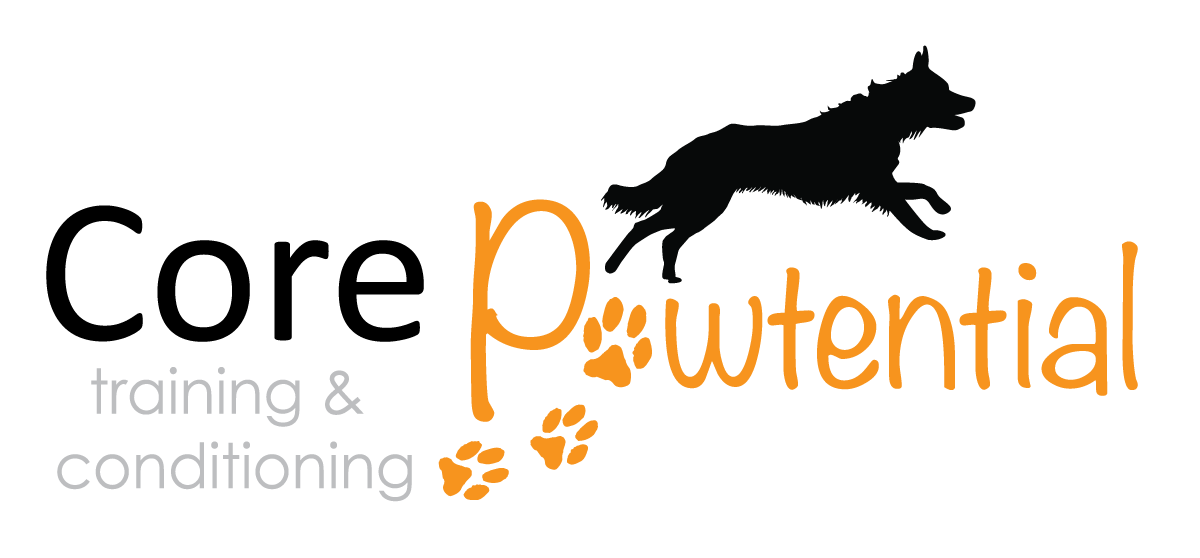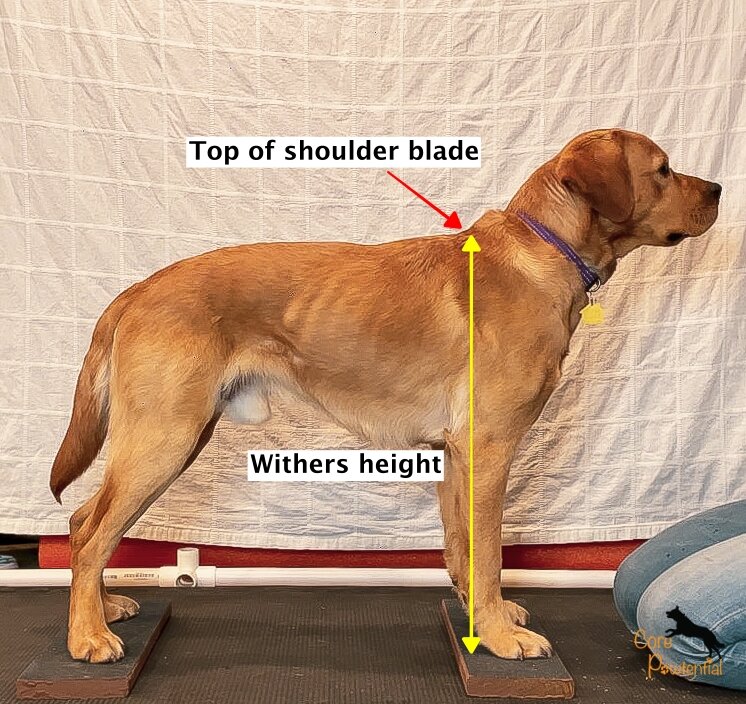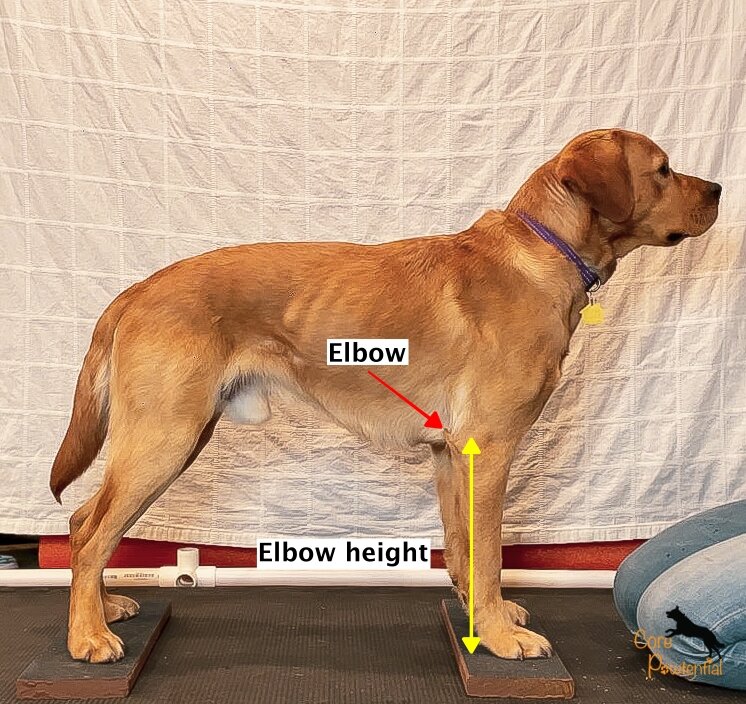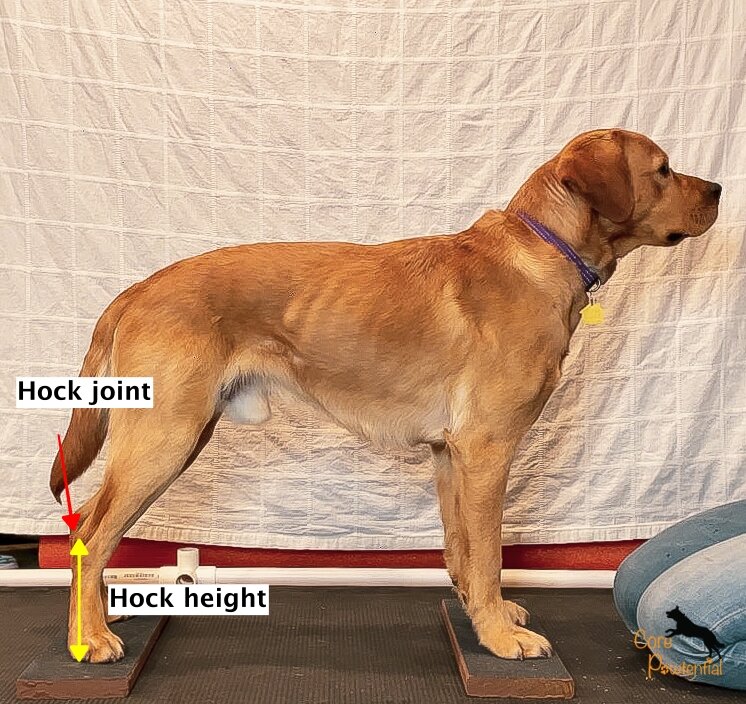Straight line cavaletti, as the name implies, refers to a set of cavaletti poles set in a straight line, with equal distance between poles.
This setup is the foundation of all cavaletti exercises, as it promotes body awareness, improves shoulder and hips flexibility, activates and strengthens the core muscles, and encourages focus forward.
Straight line cavaletti is designed for trotting purposes.
What you need:
* A set of cavaletti: 4-6 poles with cones/blocks (Want to make your own adjustable cavaletti?) * A relatively flat and non-slippery surface * A handful of yummy treats * A dog * Optional: Two "anchor" objects (e.g., traffic cones, rubber feeder bowls, platforms, raised beds, flat targets)The setup:
* The distance between two poles should start at about the height of your dog’s withers (or ~2 times elbow height if you have a short-legged breed)For example, if the dog measures 24” at the withers, I will set the poles to be 24” apart to begin with
If I have a Pembroke Welsh Corgi that measures 6” from the ground to the elbow, I will set the poles to be 12'“ (i.e., 6 x 2 = 12) apart to begin with
Aim for feet landing about mid-point between two poles
- Adjust the distance depending on your dog’s stride length and size
- If you hear your dog’s feet keep hitting the poles, the distance may be off and need to be adjusted
- For some dogs, you may need to shorten the distance until they learn how to maneuver across them
Start with the poles on the ground and slowly increase the height, but the height of the poles should be no higher than your dog’s hock height ( Why not higher than hock height? )
- Tip the cavaletti cones to the side can set the poles lower than the lowest hole on the cone
- When the poles are on the ground, secure them sandbags, bricks, or PVC connectors so they will not roll
What are the goals?
Trot across the poles
Aim for focus forward (i.e., head looking straight)
Aim to have your dog’s feet land approximately midway between two poles (video is truly your best friend here)
Evaluating progress:
One repetition (i.e., 1 rep) refers to the dog trotting across the cavaletti setup once (e.g., trot across 5 poles set in a straight line). What is a trot?
In the beginning, reward after each rep (i.e., dog trots across cavaletti setup -> mark + reward)
Once a dog understands how to trot across the poles, focusing forward, with feet landing about mid-point between two poles, I will usually start doing 4-6 reps in a session. At this point, the dog is doing 1 set of 4-6 reps.
Slowly increase the number of reps in the set. How to increase the number of reps?
Once a dog can reliably do number of reps in 1 set, slowly increase the number of sets. I typically reduce the number of reps when increasing the number of sets to help my dogs succeed. How to increase the number of sets?
Until the dog can reliably do the increased number of reps without fatigue, I will not progress further with the exercise.
As cavaletti is a relatively repetitive exercise, I typically do no more than a total of 30 reps
Need some help tracking cavaletti progress? Download our FREE cavaletti tracker! (Printable version or Online version)






